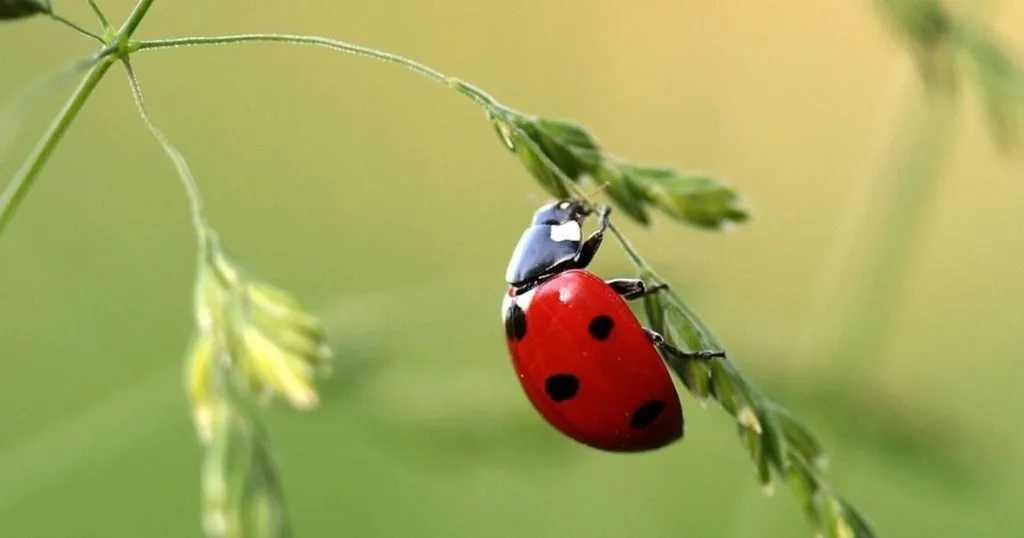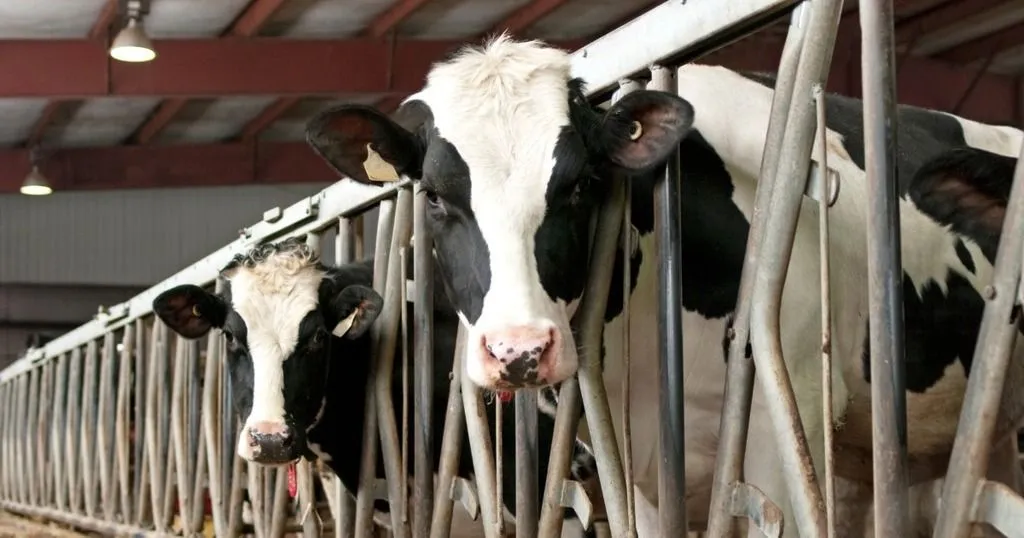Ladybugs and lacewings do not spy on their prey’s alarm pheromone
Leaf sucking creatures like plant aphids are common and can cause considerable damage to plants. Therefore, quite a lot of effort is made to control these tiny creatures.
Posted by
Published on
Mon 08 Dec. 2014
Topics
| Coding Behavior | Coding Schemes | Insects | The Observer XT |

Leaf sucking creatures like plant aphids are common and can cause considerable damage to plants. Therefore, quite a lot of effort is made to control these tiny creatures. And because of environmental awareness, sustainable methods to control aphids are well developed. Aphids can be controlled successfully with ladybugs (Coccinella septempunctata) and also with lacewings (Chrysoperla carnea). Both species are natural enemies of aphids.
How do aphid predators find their prey?
Aphids are maximally a few millimeters in size, which makes it difficult to see them by eye, especially from a longer distance. This is something that natural enemies will have to deal with. If they cannot use vision to locate their prey, what feature should they then use? Are odors perhaps more useful? Odors are well known to mediate the interaction between plant-eating insects and their natural enemies [1, 2]. It is, for example, common that natural enemies spy on odors that the plant-eating insects use to communicate with their conspecifics.
Do aphid predators spy on their prey’s alarm pheromone?
Christoph Joachim and colleagues [3] investigated whether ladybugs and lacewings use the aphid alarm pheromone (E)-β-farnesene to locate their prey. Previous studies showed that this alarm pheromone attracted or arrested aphid natural enemies. However, Joachim et al., [3] describe that in these studies doses of 1 to 1000 µg were applied, while one aphid produces less than 1 ng to maximally 50 ng. The authors hypothesize that the pheromone doses used in previous studies may be unrealistically high and therefore may have little biological meaning. Joachim et al., used 50 and 1000 ng in their study, which is more comparable to what aphids actually produce.
Scoring behaviors
The authors glued one aphid with its hind legs to a leaf and waited a few hours before starting the test. Believe it or not, but by then most aphids were calmly eating. The authors then released the alarm pheromone close by the aphid and placed a predator at the base of the plant stem. They did so in both a laboratory and a field study. The foraging behavior of the predator was scored and analyzed with The Observer XT annotation software. The authors scored the following insect behaviors:
- Search – predator walks on the plant.
- Stop – predator rests or cleans itself on the plant.
- Encounter – predator encounters the aphid.
- Walk off – predator leaves plant.
Aphid predators do not use alarm pheromone
The speed at which the predators found the aphid and the time they stayed on the plant was the same on the control plants as on the plants treated with either the low or the high alarm pheromone dose. So, contrary to previous reports, the authors found no evidence that aphids or lacewings use the aphid alarm pheromone to find their prey. The authors conclude that previous reports on attractiveness of the aphid pheromone to aphid predators is based on the use of unrealistically high doses of the compound.
Alarm pheromone does not guarantee prey presence
The authors hypothesize that the aphid alarm pheromone may not be a reliable indicator for prey presence. Think of it, aphids respond to this substance by walking away or falling from the leaves [4]. So when the predator arrives at such a spot, it may find no aphids there anymore. In addition to this, the alarm pheromone may indicate the presence of another predator. So it may be better to search for prey somewhere else.
Concluding
In conclusion, ladybugs and lacewings do not use the aphid alarm pheromone (E)-β-farnesene to locate their prey. Possibly they use other odors produced by the aphids, or by the plants that suffer aphid damage.
References
- Pickett, J. A., Wadhams, L. J., Woodcock, C. M., & Hardie, J. (1992). The chemical ecology of aphids. Annual review of entomology, 37(1), 67-90.
- Dicke, M. & Hilker, M. (2003) Induced plant defences: from molecular biology to evolutionary ecology. Basic and Applied Ecology, 4,3–14.
- Joachim, C., Vosteen, I., & Weisser, W. W. (2014). The aphid alarm pheromone (E)-β-farnesene does not act as a cue for predators searching on a plant. Chemoecology, 1-9.
- Montgomery, M. E., & Nault, L. R. (1977). Comparative response of aphids to the alarm pheromone, (E)‐ß‐farnesene. Entomologia experimentalis et Applicata,22(3), 236-242.
- Image ladybug - By Gilles San Martin from Namur, Belgium (Coccinella magnifica) [CC-BY-SA-2.0 (http://creativecommons.org/licenses/by-sa/2.0)], via Wikimedia Commons
Related Posts

Walking the ladder: testing the cellular source of motor functioning in mice

Examples of Animal Behavior Research

